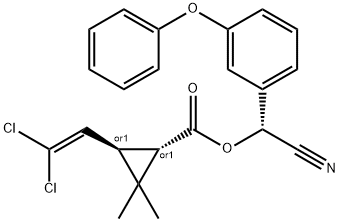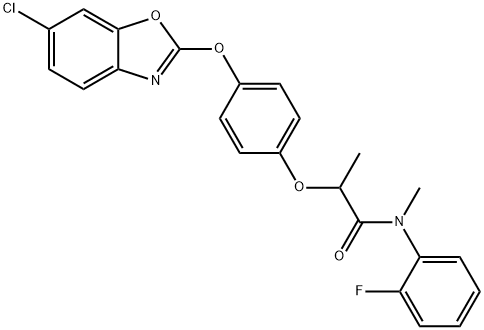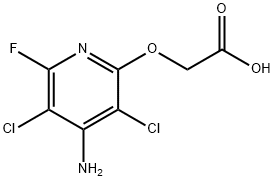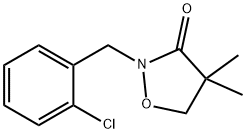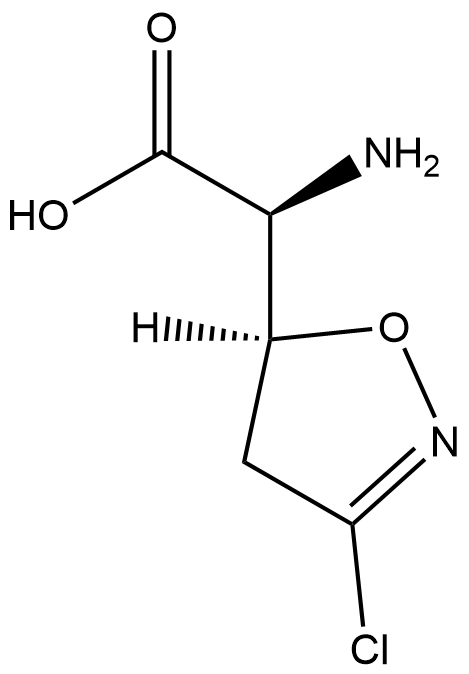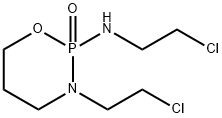ISOXAFLUTOLE
Synonym(s):5-Cyclopropyl-4-[2-(methylsulfonyl)-4-(trifluoromethyl)benzoyl]isoxazole
- CAS NO.:141112-29-0
- Empirical Formula: C15H12F3NO4S
- Molecular Weight: 359.32
- MDL number: MFCD03095707
- EINECS: 277-704-1
- SAFETY DATA SHEET (SDS)
- Update Date: 2025-12-07 19:09:50
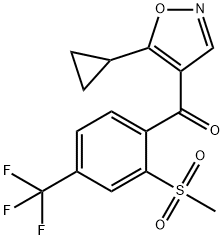
What is ISOXAFLUTOLE?
Description
Isoxaflutole is a 4-benzoyl isoxazole molecule and is used as a pre- and early post-emergence herbicide for the control of a wide range of important broadleaf and grass weeds in maize (Zea mays), both in Europe and in North America. It is also registered for use in sugarcane in Central and South America (2–4). It causes characteristic bleaching of newly developed tissues of susceptible species followed by growth cessation and necrosis. Marketed as Balance for corn (maize) in the United States, and Merlin for corn in Europe; and in sugarcane, it mixes well with metolachlor, acetochlor, dimethenamid, and atrazine to complete the weed spectrum and to reduce the application rates of the latter compounds (2). Isoxaflutole also controls triazineresistant weeds in the field (4).
The Uses of ISOXAFLUTOLE
Isoxaflutole is an pesticide used to selectively control both grass and broad-leaved weeds in maize and sugar cane. Isoxaflutole is known to work by inhibiting the enzyme 4-Hydroxyphenylpyruvate dioxygenase (HPPD) which results in the disruption of pigment biosynthesis.
The Uses of ISOXAFLUTOLE
Herbicide.
Background
Balance has been investigated for the treatment of Chronic Renal Failure and Peritoneal Membrane Disorder.
Definition
ChEBI: Isoxaflutole is a member of the class of isoxazoles that is 1,2-oxazole substituted by a 2-(methanesulfonyl)-4-(trifluoromethyl)benzoyl group and a cyclopropyl group at positions 4 and 5, respectively. It is a 4-hydroxyphenylpyruvate dioxygenase inhibitor which is used as a herbicide for weed control in maize and sugarcane. It has a role as an EC 1.13.11.27 (4-hydroxyphenylpyruvate dioxygenase) inhibitor, a proherbicide and an agrochemical. It is a member of cyclopropanes, a member of isoxazoles, an aromatic ketone, a member of (trifluoromethyl)benzenes and a sulfone.
Pharmacology
Isoxaflutole is readily taken up by roots and foliar
tissues and then rapidly degraded to a diketonitrile derivative
(2-cyclopropyl-3-(2-mesyl-4-trifluoromethylphenyl)-
3-oxo propanenitrile) , which is translocated
throughout the plant via xylem and phloem (2,3,6,8). It
is this metabolite that inhibits HPPD (7), thereby depleting
the plastoquinone pools in developing leaves. Plastoquinone
is a cofactor in the desaturation of phytoene, levels
of which increase in bleached leaves, concomitant with
decreases in colored carotenoids (6). Although bleaching
is the primary symptom associated with HPPD inhibition,
subsequent growth suppression and necrosis are also
believed to be a consequence (8).
Isoxaflutole also degrades to the diketonitrile derivative
in the soil (3,8). The half-life of isoxaflutole in soil
is dependent on soil type, pH, and moisture, ranging
from 12 hours to 3 days under laboratory conditions (8).
The physicochemical properties of isoxaflutole and of
diketonitrile play an important role in both soil and
herbicidal activity and selectivity (8).
Metabolism
Not Available
Properties of ISOXAFLUTOLE
| Melting point: | 138-138.5° (Cain); mp 140° |
| Boiling point: | 575.1±50.0 °C(Predicted) |
| Density | 1.59 |
| Flash point: | >130 °C |
| storage temp. | Sealed in dry,2-8°C |
| solubility | Chloroform, DCM, Ethyl Acetate, Methanol |
| form | neat |
| pka | -4.29±0.50(Predicted) |
| form | Solid |
| color | White |
| BRN | 8344543 |
| CAS DataBase Reference | 141112-29-0 |
| EPA Substance Registry System | Isoxaflutole (141112-29-0) |
Safety information for ISOXAFLUTOLE
| Signal word | Warning |
| Pictogram(s) |
 Health Hazard GHS08  Environment GHS09 |
| GHS Hazard Statements |
H410:Hazardous to the aquatic environment, long-term hazard |
| Precautionary Statement Codes |
P202:Do not handle until all safety precautions have been read and understood. P273:Avoid release to the environment. P280:Wear protective gloves/protective clothing/eye protection/face protection. P391:Collect spillage. Hazardous to the aquatic environment P308+P313:IF exposed or concerned: Get medical advice/attention. P405:Store locked up. |
Computed Descriptors for ISOXAFLUTOLE
New Products
Indole Methyl Resin tert-butyl 9-methoxy-3-azaspiro[5.5]undecane-3-carboxylate Boc-His(Boc)-OH 2-CTC Resin 4-Chloro-7-tosy1-7Hpyrrolo[2,3-d]pyrimidine 5,7-Dibromo-1H-indole 2,5-dichloro-N-hydroxy-4,6-dimethylpyridine-3-carboximidamide 2,2-Dimethoxy-7-azaspiro[3.5]nonane hydrochloride 4-chloromethyl-5-methyl-1,3-dioxol-2-one (DMDO-Cl) R-2-BENZYLOXY PROPIONIC ACID 1,1’-CARBONYLDIIMIDAZOLE 1,1’-CARBONYLDI (1,2-4 TRIAZOLE) N-METHYL INDAZOLE-3-CARBOXYLIC ACID 4-((2-hydroxyethyl)thio)benzoic acid 1-(TERT-BUTOXYCARBONYL)-2-PYRROLIDINONE Methyl 6-methylnicotinate 3-Pyridineacrylic acid tert-Butyl carbazate TETRAHYDRO-2H-PYRAN-3-OL 2-((4-morpholinophenylamino) (methylthio) methylene) malononitrile 3-(4-morpholinophenylamino)-5-amino-1H-pyrazole-4-carbonitrile 2,4-dihydroxybenzaldehyde 1,3-Diethyl-1,3-Diphenylurea Methyl 2-methylquinoline-6-carboxylateRelated products of tetrahydrofuran
You may like
-
 Isoxaflutole CAS 141112-29-0View Details
Isoxaflutole CAS 141112-29-0View Details
141112-29-0 -
 Isoxaflutole CAS 141112-29-0View Details
Isoxaflutole CAS 141112-29-0View Details
141112-29-0 -
 Pyridine 99.5% HPLC /UV SpectroscopyView Details
Pyridine 99.5% HPLC /UV SpectroscopyView Details
110-86-1 -
 Piperazine Spot supply, best priceView Details
Piperazine Spot supply, best priceView Details
110-85-0 -
 Dibutyl PhthalateView Details
Dibutyl PhthalateView Details
84-74-2 -
 Imidazole Spot supply, competitive priceView Details
Imidazole Spot supply, competitive priceView Details
288-32-4 -
 Octadecyl 3-(3,5-di-tert-butyl-4-hydroxyphenyl)propionate 98% (GC)View Details
Octadecyl 3-(3,5-di-tert-butyl-4-hydroxyphenyl)propionate 98% (GC)View Details
2082-79-3 -
 Thiourea 99% ARView Details
Thiourea 99% ARView Details
62-56-6


